With the wave of popularity of rolls, soy sauce has come into our lives. It is added to salads, meat and fish dishes. Marinades are made from it, and sweet sauce is added to desserts. Sometimes people add it to food instead of salt.
How and from what is soy sauce made? How not to make a mistake when choosing? The editors of the site "bestx.htgetrid.com/en/" reviewed the most popular soy sauces, and detailed how to choose a delicious seasoning for your table.
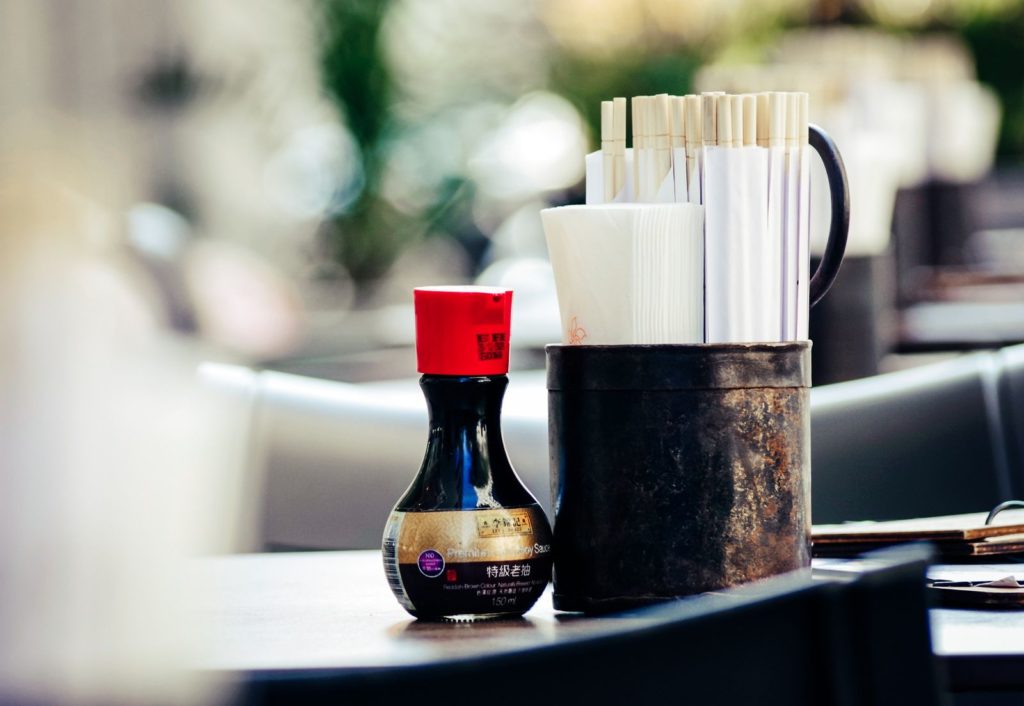
Content
Soy sauce - what is it?
Soy bean sauce is a key element, the final accord of many Asian dishes. It is obtained by fermenting soybeans. Often wheat or other cereals are added to them. The product has a characteristic, pungent odor. Contains many micro and macro elements, amino acids, vitamins. A large amount of glutamic acid imparts a recognizable flavor to the seasoning.
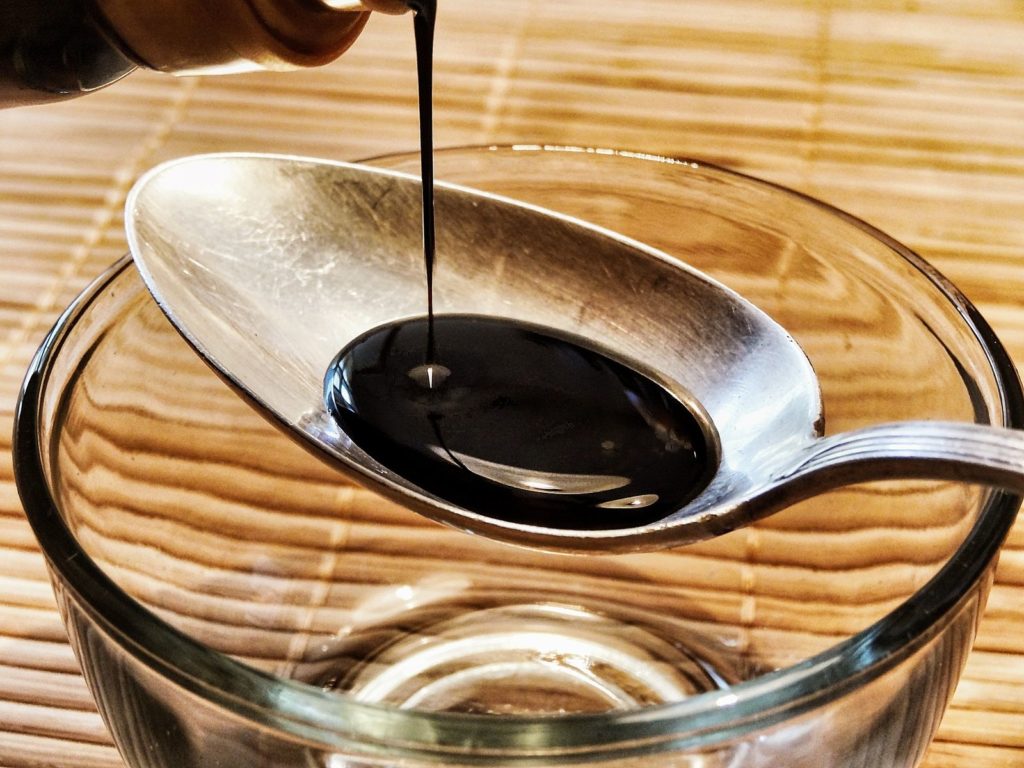
Manufacturing process
A flavoring agent can be obtained in two ways - traditionally, by fermentation, or by hydrolysis. Some brands produce sauces, which are mixtures of liquids made according to the first and second methods.
Fermentation preparation
Required ingredients: soybeans, wheat, water, salt
Technology: the additive is obtained during the fermentation of soybeans and wheat grains. To start the process, mushrooms of the genus Aspergillus, which are classified as molds, are added to the mixture. The complete production cycle takes from 40 days to 3 years.
Preparation by hydrolysis
Required ingredients: soybeans, wheat, water, salt. Additional components - thickeners, acidity regulators, flavor enhancers, dyes.
Technology: Some manufacturers make the seasoning much faster. The beans are boiled in hydrochloric or sulfuric acid, and then neutralized with alkali. The process takes at least 3 days, maximum - 2 months. In color, taste, the flavoring additive differs from the traditionally prepared one, but it costs much less and is stored longer.
With this production method, carcinogenic substances can be formed in the seasoning.
Benefit
Soy sauce has many health benefits. Moderate consumption of the product in combination with other elements of proper nutrition will have a positive effect on the state of the body.
- This is a low-calorie product (50-70 kcal per 100 g), it can be safely added to salads, meat and fish dishes when dieting. Of course, if it is allowed for medical reasons.
- It contains glutamic acid, which enhances the taste of food. A useful property for those who are on a diet and are limited in the choice of products.
- Reduces cholesterol levels.
- Suitable for vegetarians, as well as people with allergies to animal protein.
- Reduces muscle pain, cramps, including during menstruation.
- Can be used for obesity, diabetes.
- Contains vitamins of groups B and PP, which improve the state of the cardiovascular system, increase skin tone and even out its color, optimize the body's metabolic processes at the cellular level.
- Contains amino acids (cysteine, lysine, histidine, leucine, tryptophan, methionine, valine, phenylalanine). This complex slows down the aging process, reduces muscle tension, normalizes the nervous system, and improves the appearance of the skin.
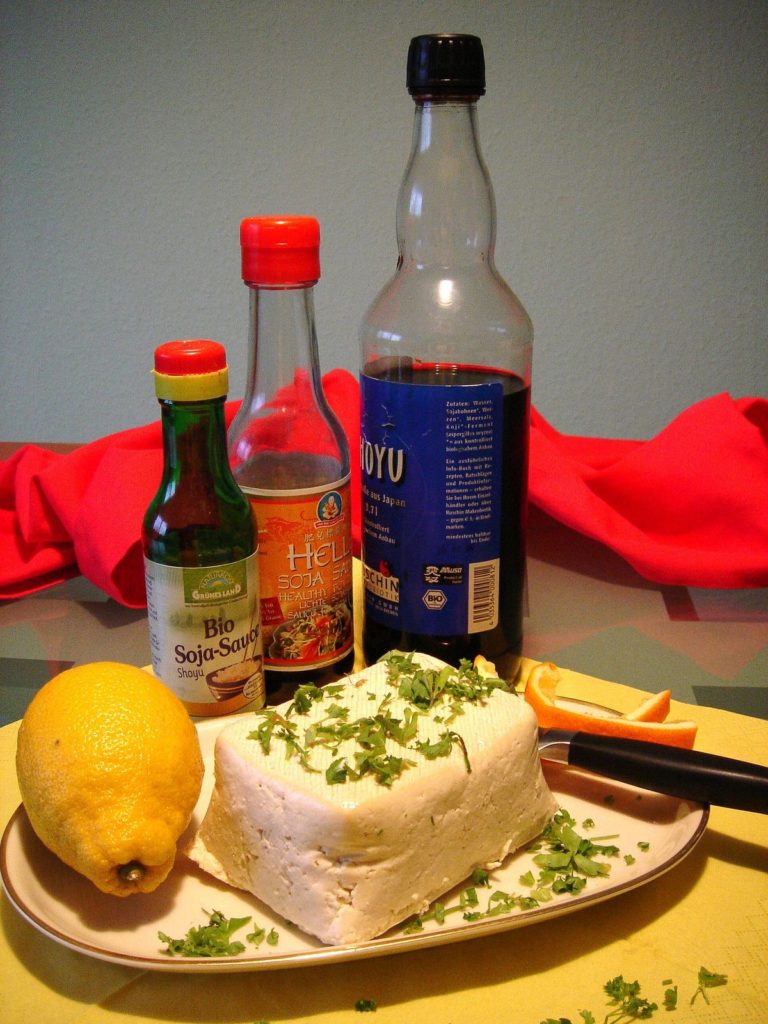
Harm
Aside from the positives, soy sauce has disadvantages.
Many seasoning samples contain a lot of salt, so it shouldn't be eaten too often. It should be used with caution by those people who have kidney disease, because it can be one of the causes of salt deposition. It is also worth limiting the use for diseases of the gastrointestinal tract, because this flavoring agent strongly irritates the mucous membranes, causes heartburn.
Criterias of choice
In order not to make mistakes when choosing a seasoning, let's figure out what to look for when buying a sauce, what are its main characteristics.
- Packaging. A quality condiment is always sold in glass. It loses its taste in plastic containers.
- Composition. A real seasoning consists of four ingredients - soybeans, wheat, salt, water. If the product packaging contains flavors, stabilizers, dyes, and other additives, this indicates its low quality.
Important! Real soy sauce contains approximately 8% protein
- Price is also an indicator of product quality. Too low a cost can directly warn of the artificial origin of the seasoning. After all, it takes a lot of time and natural ingredients to produce a quality product.
- Liquid color. Real sauce is usually brown in color, with a reddish tinge in bright light or light. Transparent, homogeneous. If the liquid precipitated, its color is too dark, it is cloudy and poorly visible in the light - most likely, the additive is fake or its quality leaves much to be desired.
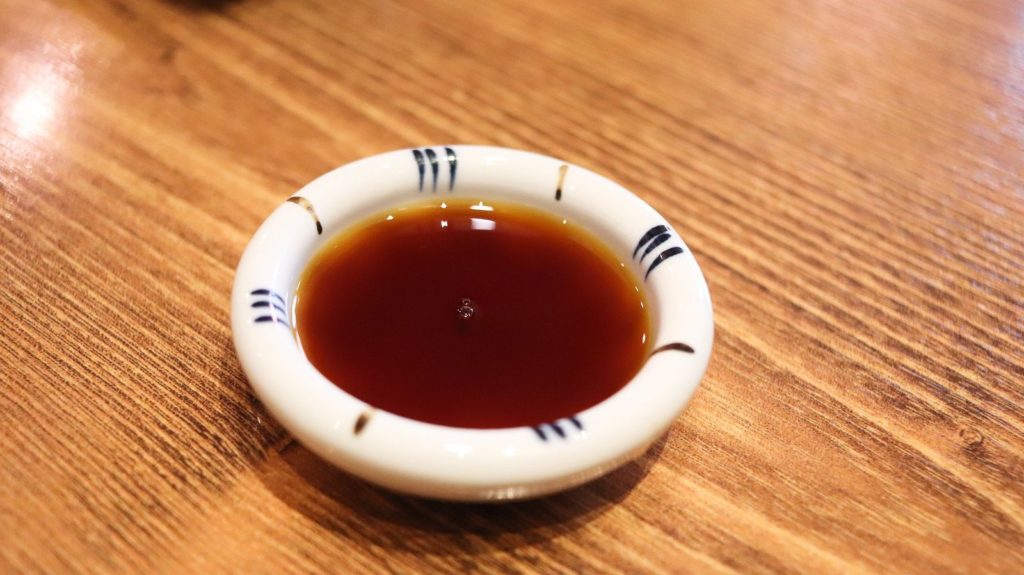
Home check
Of course, after the purchase, the next stage of control is tasting. The taste of soy sauce is soft, unobtrusive, leaving a pleasant aftertaste. The original product is a little sweetish, versatile, sophisticated. Crafts often have a sharper odor, cause strong thirst, and leave a long "chemical" aftertaste.
You can also play a little in the "chemical laboratory", and at the same time find out how good the sauce was purchased.
To do this, you need to collect a little liquid in a pipette or a small spoon, drip it onto white paper, and then see what color and size the stain turned out to be.
A good seasoning should not spread too much, and the stain should turn out to be dark orange.
If the stain is light and large, then the acquired flavoring additive is of poor quality.
If the stain has spread, but turned out to be dark, then, most likely, the additive was obtained as a result of rapid fermentation, and caramel dye was added to it for color.
You can buy soy sauce in a regular supermarket, Asian food store, or order online in an online store.
Top manufacturers
A reliable brand is one that makes not only tasty, but also an environmentally friendly, safe product. Often asking the question "Which company is better to give preference to?" we want to find one among all the available manufacturers who puts quality ingredients in products and adheres to the traditional recipe. The goods of which are made on modern equipment, in accordance with international quality standards.
We made a detailed analysis of the Asian seasoning manufacturers market, analyzed user reviews, and formed a list of the best.
- Chin-Su is a brand of the Vietnamese company Masan Group. Produces various sauces - fish, soy, chili.
- Cholimex Food is a Vietnamese company established in the early 80s. Produces Asian flavors. The factories of the company are equipped with modern equipment, the products are supplied to the countries of Asia, America and Europe.
- Heinz (Heinz) is a food company from the USA, a well-known producer of ketchup. Also in the assortment of the company: baby food, sauces, soups, pickles, frozen foods.
- Kikkoman is a Japanese international food company with more than a century. The assortment of goods includes soy sauce, various spices, traditional Japanese alcoholic drinks - mirin, shochu, sake, juices. The firm is also engaged in the production of drugs, restaurant services. Kikkoman soy sauce is the most popular in Japan, USA, Russia.
- Pearl River Bridge is a Chinese firm that emerged in 1958. The most famous manufacturer of sauces in the Middle Kingdom. The assortment of the company includes traditional Chinese and Japanese spices.
- Sempio is a Korean food company that produces soy sauce and pasta, tea, noodles, canned food, and seafood.
- Sen Soy is the leading brand of the Russian company Sostra. This company is the owner of the only Russian plant where soy sauce is made by natural fermentation. The company also produces goods for sushi - seaweed, rice, ginger, vinegar. It produces many types of noodles, funchose, ready meals, tomato and mayonnaise sauces, syrups.
- TaoTao is a Thai brand that produces all kinds of spices, canned food, pasta.
- Yamasa is a Japanese company with a long history. The company was founded in 1645 and produces soy and sesame sauces.
According to Roskontrol's data, Doshirak and Tai-So are not reliable manufacturers.
Both companies use ingredients that are not typical for the classic recipe, there are too many additives. Aspartame was found in Doshirak sauce, and saccharin was found in Tai-So from Empire of Tastes, which was not printed on the label. Both samples have below normal protein levels.
Rating of quality soy sauces for 2020
We offer you an overview of the most delicious and popular soy sauces with detailed descriptions, pros and cons. The list includes sauces from the best manufacturers of Pan-Asian seasoning.
Kikkoman Naturally Brewed Soy, 150 ml

The product of Japanese production is distinguished by stable quality, rich taste, and natural composition. It is made according to a traditional recipe using only natural ingredients.
According to Rospotrebnadzor, the amount of carbohydrates in the seasoning is 2 times higher than that indicated on the label. The amount of protein is normal. According to the research results, the product was found to be safe and meet quality standards.
Average price: 163 rubles.
Advantages:
- natural composition - only beans, salt, wheat and water;
- sugarless;
- shelf life - 3 years;
- high protein content;
- suitable for pickling, rolls, meat, fish, vegetables.
Disadvantages:
- according to buyers, the product is too salty - they have to be diluted with water;
- cost.
Heinz Soy Original Flavor, 150 g

The product from the American manufacturer is a sweeter version of the legendary sauce. Made from Dutch Pan-Asian ingredients and poured into glass containers. This allows it to be stored for up to 30 months.
According to the version of "Test Purchase", the content of carbohydrates in the seasoning exceeds the figure indicated on the package by 2 times. Microbiological indicators are normal. In general, its ingredients are safe, most of them are natural and do not harm the body.
Average price: 129 rubles.
Advantages:
- inexpensive;
- universal - suitable for dressing salads, as a seasoning for meat, fish, vegetables;
- no preservatives;
- no synthetic dyes.
Disadvantages:
- many users complain about too sweet taste - they have to be diluted with water;
- high-calorie - 246 kcal;
- non-original composition - in addition to the main ingredients, it contains glucose-fructose syrup, sugar, molasses, yeast extract, lactic acid, sugar color, wheat flour, extracts of herbs and spices.
Soy sauce YAMASA, 1 l

Brewed according to a classic recipe, the seasoning has a delicate aroma and amber color. It will emphasize the taste of seafood or poultry dishes, it is good as a dressing for a light vegetable salad. Suitable for people temporarily or permanently restricted in salt intake.For example, having diseases of the heart, kidneys, liver, as well as rheumatism, pregnancy.
According to Rostest and Roskontrol, the flavoring additive is natural, safe, made with high quality and technology. The content of carbohydrates, proteins is normal, coincides with the information on the package.
Average price: 471 rubles.
Advantages:
- quality composition;
- reduced salt content;
- low-calorie.
Disadvantages:
- high price compared to analogs;
- contains vinegar.
Sen Soy Classic Soy, 250 ml

The Russian-made product has a pleasant sweetish taste and uniform consistency. It goes well with meat, poultry, rolls.
According to Rospotrebnadzor, the seasoning is safe, complies with the classic recipe, and is recommended for use.
Average price: 37 rubles.
Advantages:
- budgetary;
- low-calorie;
- no preservatives;
- natural.
Disadvantages:
- with sugar;
- low percentage of protein.
CHIN-SU Soy, 270 g
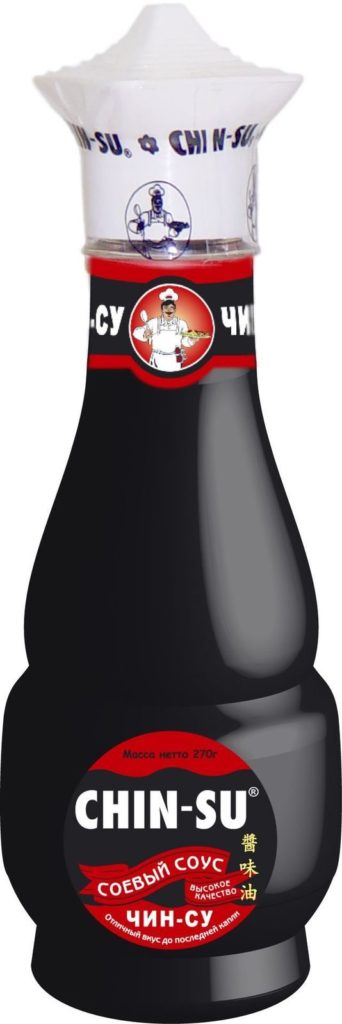
Premium Vietnamese products are suitable for dressing salads, reveal the taste of meat or fish dishes.
This flavoring supplement is a great option for people with gluten enteropathy. there is no wheat in it.
Average price: 67 rubles.
Advantages:
- budgetary;
- shelf life - a year;
- low-calorie - 22 kcal;
- gluten free.
Disadvantages:
- non-original composition - in addition to the main ingredients, the product contains peanuts, sugar, dyes, flavor enhancers, acidity regulators, flavoring, preservative, stabilizer, sweeteners.
Pearl River Bridge Soy, lightly salted (dispenser), 150 ml
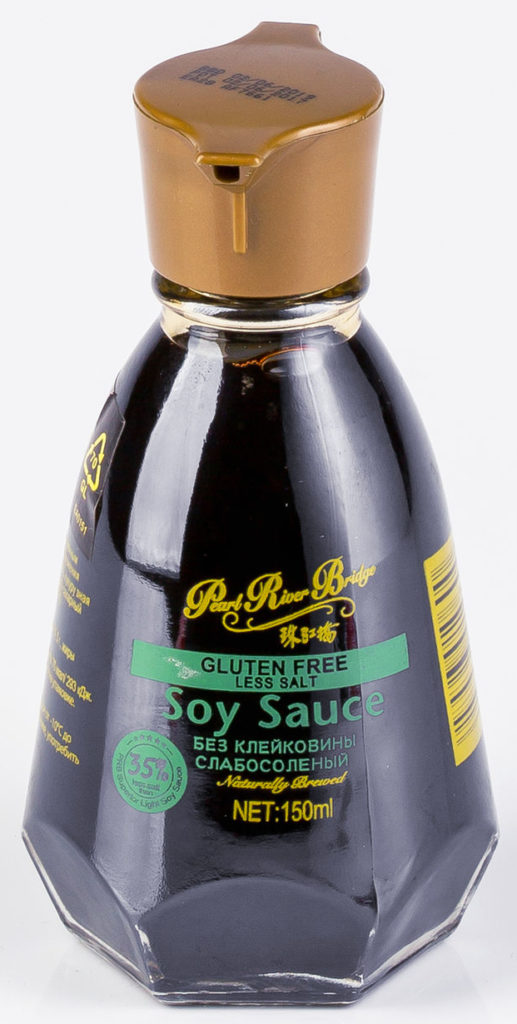
Product from the largest manufacturer of flavoring additives from China. Differs in quality, as well as mild, slightly salted taste. Good for pickling, stewing, frying, dressing salads.
Suitable for people temporarily or permanently restricted in salt intake.
Average price: 100 rubles.
Advantages:
- inexpensive;
- convenient dispenser;
- low in sodium chloride.
Disadvantages:
- additional ingredients - corn flour, food coloring sugar color (I), preservative potassium sorbate.
Sempio Soy Standard, 300 ml

The seasoning from the largest Korean brand has a distinctive Korean flavor. Many buyers compare this shade to fish. Mild sauce goes well with any vegetables, seafood.
Average price: 107 rubles.
Advantages:
- inexpensive;
- low-calorie - 60 kcal.
Disadvantages:
- sold in a plastic bottle;
- contains fructose, yeast extract;
- according to customer reviews, the liquid has to be diluted, because it's too salty.
Cholimex Soy Premium
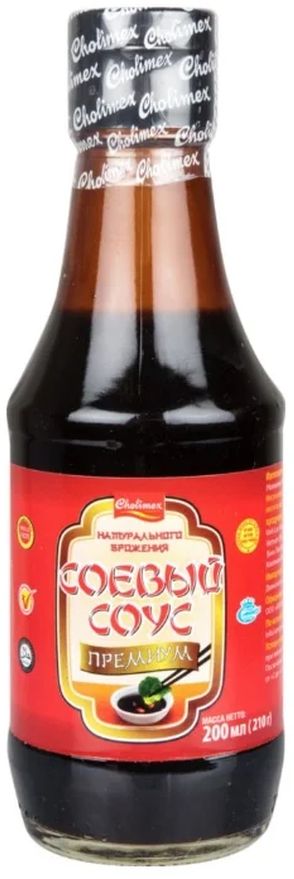
The product of the Vietnamese manufacturer is excellent for marinating fish, kebabs. Not suitable for rolls, because thick enough.
The seasoning does not contain wheat, so people with celiac disease can add it to their food.
Average price: 79 rubles.
Advantages:
- inexpensive;
- thick;
- without wheat.
Disadvantages:
- contains sugar, caramel, preservative potassium sorbate (E202).
TaoTao Soy Dark, 190 g
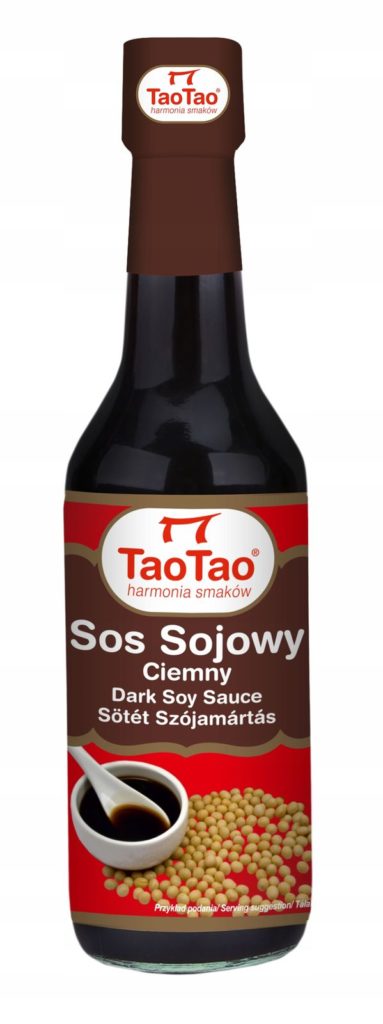
The Thai herb has a rich, vibrant flavor with an interesting hint of roasted beans. A bit thick, good for pickles.
Average price: 90 rubles.
Advantages:
- inexpensive;
- unsalted.
Disadvantages:
- eat sugar;
- high-calorie -158 kcal.
Conclusion
For lovers of Asian cuisine - Japanese, Thai or Chinese - soy sauce is an absolute must. Poor-quality seasoning can completely ruin any dish. If an exotic food is prepared by a beginner, then a bad flavoring additive can not only spoil the mood and, of course, rolls or noodles, but also discourage the desire to experiment in the kitchen for a long time.
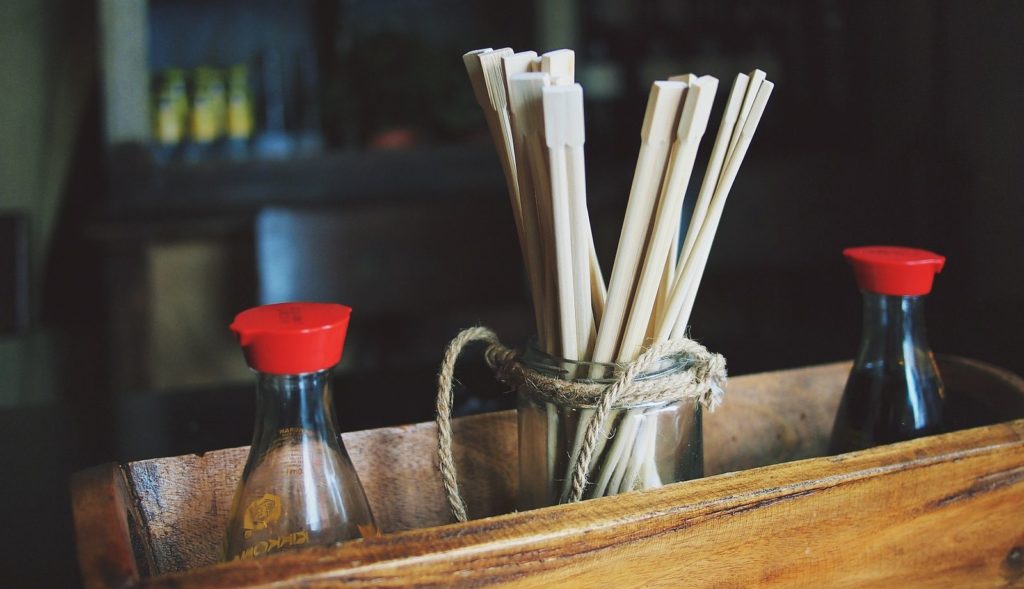
We hope our article will help you navigate and choose a delicious seasoning that will highlight all the advantages of your culinary masterpiece.
If you have already tried one of the products described in this article, or you know a more tasty and interesting option, share your opinion in the comments.












